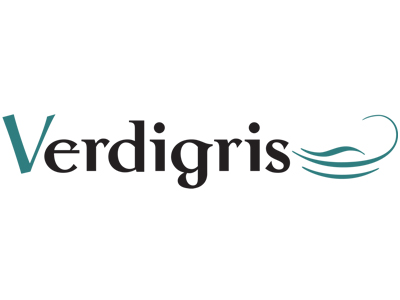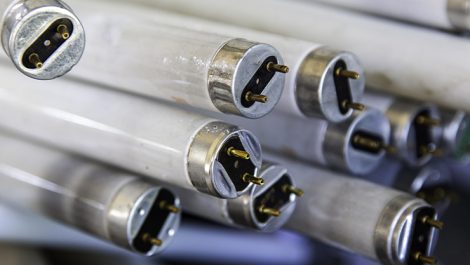It takes a million years for glass to biodegrade, so it’s good that we’ve worked out sensible recycling processes for it. However as the packaging industry gets slicker, we need to look more carefully at how we can keep recycling glass, particularly containers, effectively. Digital printing technology is making it easier to print direct to shape (DtS) and as we turn away from plastics, we need to be thinking more about ink formulations and deinking processes for glass containers. It must be economically viable to continue recycling them without increasing environmental impacts through more complex deinking and recycling processes.
Printing on glass is fairly common in the market even though it isn’t particularly cheap or easy to print colours direct to glass bottles and jars. Screen printing accounts for most of the market, but it’s subject to design constraints such as no halftones, hence the preference for preprinted colour labels for glass containers. It is pretty rare to find inkjet systems designed to print direct to glass containers in high quality colour, although printing single colours is often used for coding and marking.
Inkjet inks for printing on glass have to be strong enough to stick and resist abrasion and they have to be vibrant, with a wide colour gamut and of course they must be jettable. It must also be possible to remove these inks during the recycling process, ideally so that the glass containers can be reused rather than being smashed up to make a new glass product. Either way pretty much all the characteristics required for inks printed on paper also apply to inks printed onto other surfaces such as glass.
The availability of more inkjet inks for glass container printing will improve the uptake of digital printing in the bottling industry, but they must be suitable for the recycling and reuse of glass containers. Glass recycling is already well established with various models around the world for collecting, processing and reusing it or simply reprocessing the glass into new products. Efficient glass recycling means fewer glass bottles need to be manufactured, which saves resources but it also makes it easier to move away from plastics. More work is needed to develop inkjet inks for process colours that can be printed at speed on directly onto glass containers and then readily removed in the recycling and reuse phases.
– Laurel Brunner
This article was produced by the Verdigris Project, an industry initiative intended to raise awareness of print’s positive environmental impact. This weekly commentary helps printing companies keep up to date with environmental standards, and how environmentally friendly business management can help improve their bottom lines. Verdigris is supported by the following companies: Agfa Graphics, EFI, Fespa, HP, Kodak, Kornit, Ricoh, Spindrift, Splash PR, Unity Publishing and Xeikon.





